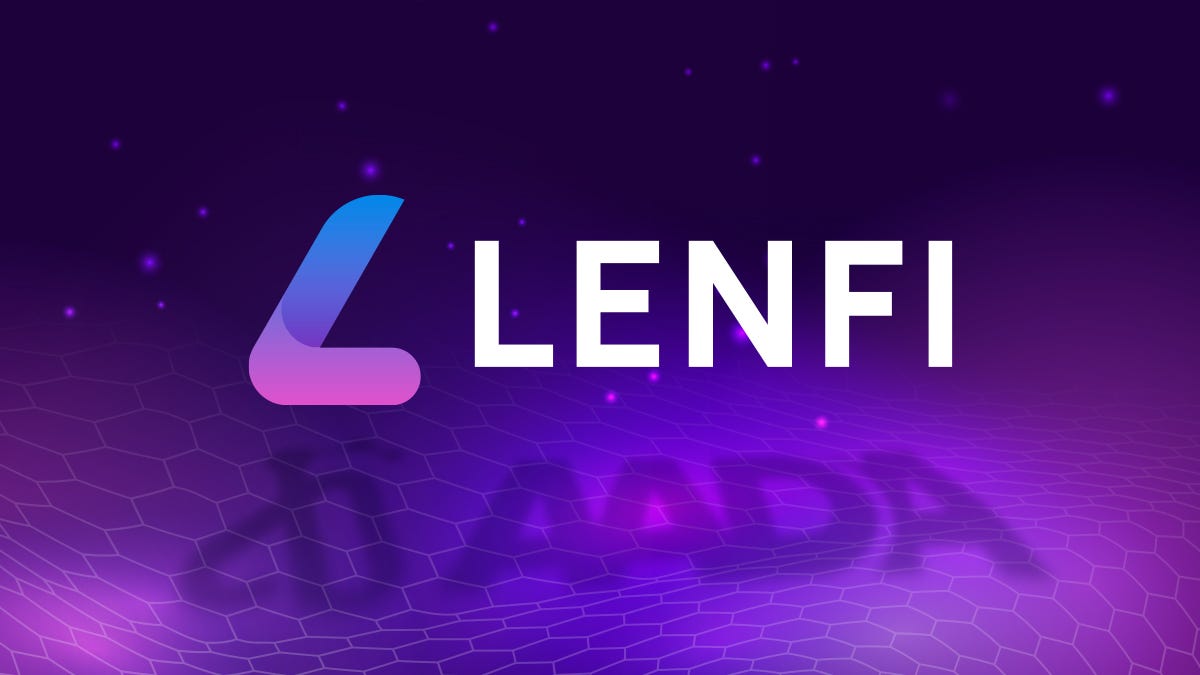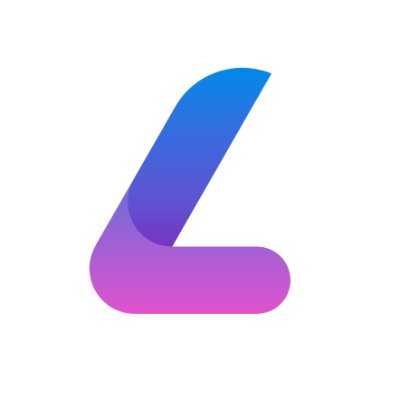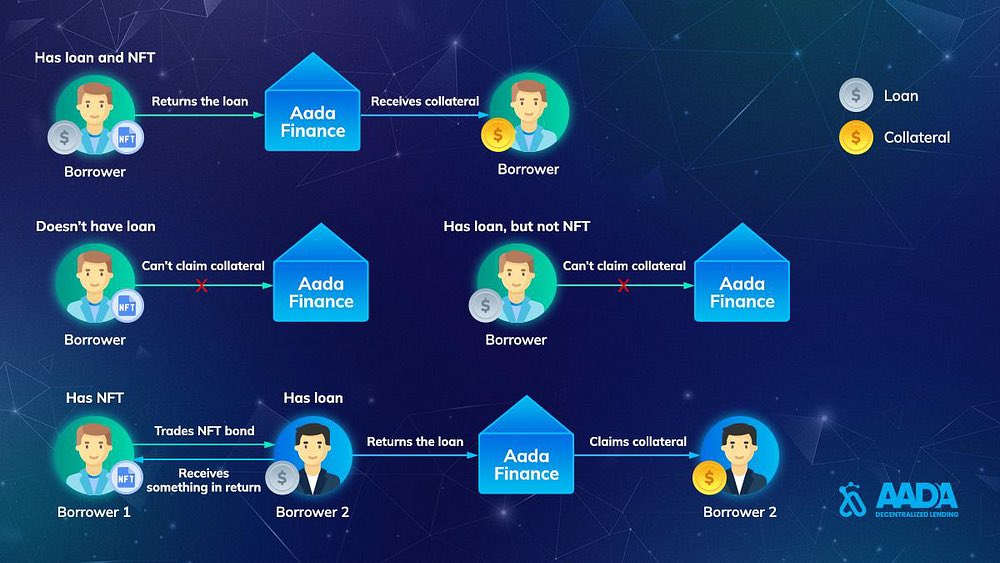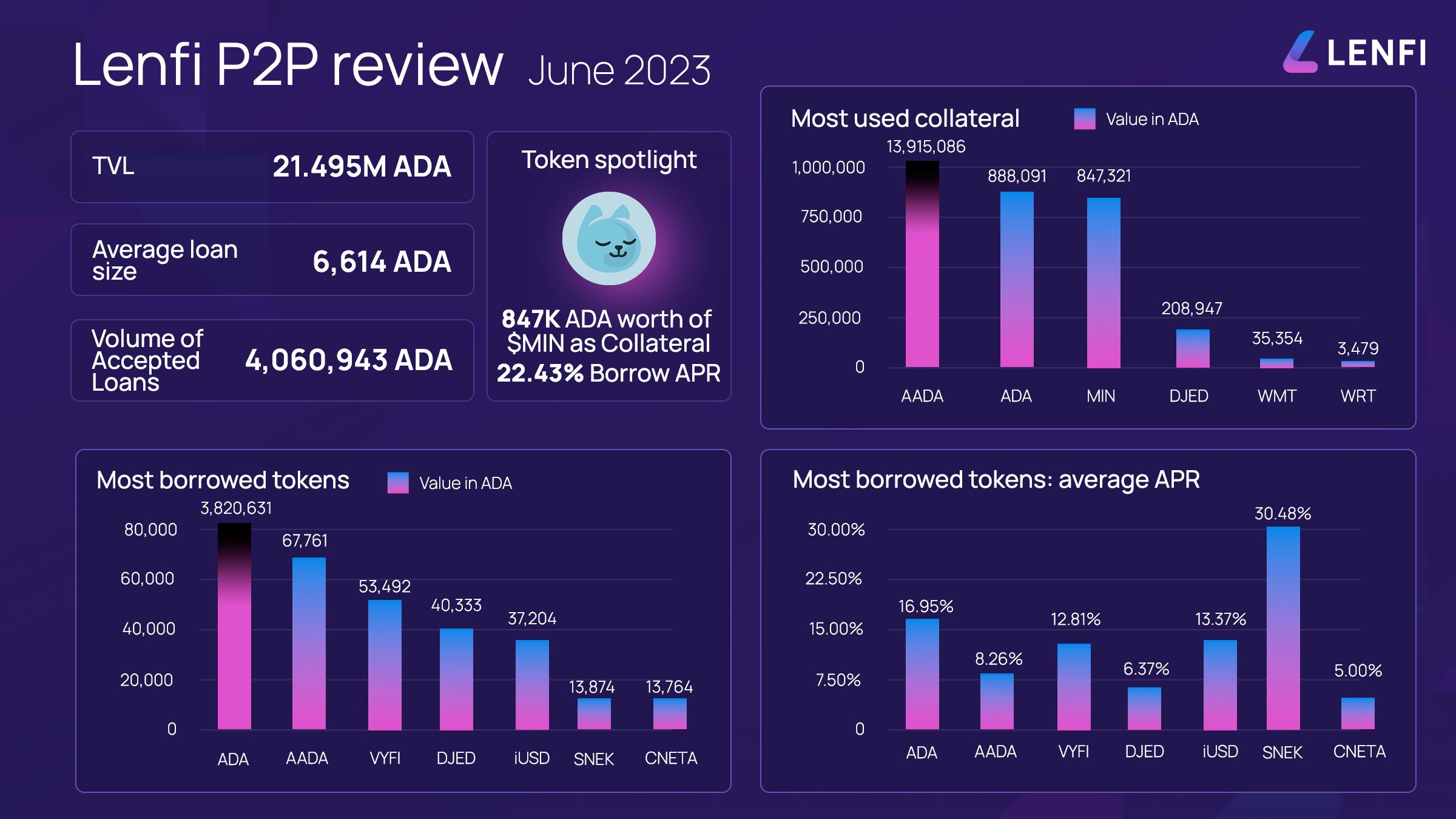LenFi (Previously AADA Finance)
About LenFi (Previously AADA Finance):

LenFi is a decentralized non-custodial lending and borrowing protocol built on the Cardano blockchain. It allows users to participate as depositors and borrowers in a peer-to-peer or peer-to-pool fashion. Depositors can provide liquidity by depositing funds with pre-set terms or to any of the liquidity pools to earn passive income. Meanwhile, borrowers can submit P2P borrow overcollateralized requests or use the liquidity pools to take an overcollateralized loan.
NFT Bonds
Borrowers and lenders lock their loans and deposits into NFT-Bonds redeemable by anyone who provides the underlying NFT and fulfills the loan conditions. The following feature unveils an entirely new financial instrument users can transfer, sell or stake on DeFi platforms.
Shorting
Shorting is a popular trading strategy, especially in bearish market conditions. Aada allows users to borrow fungible tokens (FTs), sell, and re-purchase the assets to increase their positions.
Leverage
Aada enables trustless leverage trading by allowing traders to borrow more capital than they have and increasing their purchasing or selling power.
Farming
Yield farming is one of the many risk-management strategies in DeFi. LenFi lets everyone maximize profits by borrowing the desired assets without owning them.
Hedging
Hedge buys are a standard solution to counter price volatility in crypto. In some cases, it is safer to borrow an asset. If the loaned asset’s price increases, the loan gets liquidated with a profit. If the price falls, the borrower pays only the interest.
Borrowing & Lending on LenFi works in a P2P manner, where the borrower starts by creating a loan request. This locks the borrowers collateral in a smart contract, which can either be cancelled/redeemed by the borrower or supplied with a loan by a lender. Once a lender supplies the loan, it is sent to borrowers wallet while the borrowers collateral is transferred to the smart contract.






